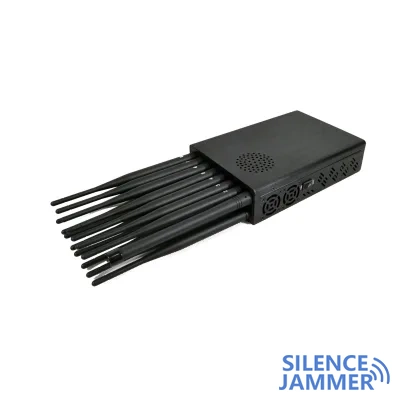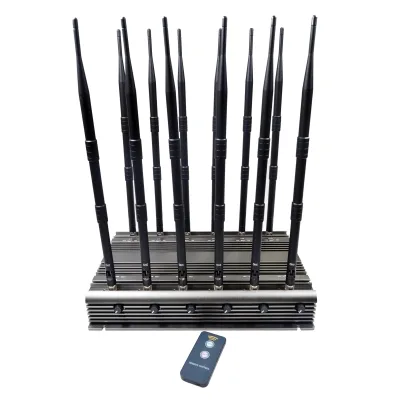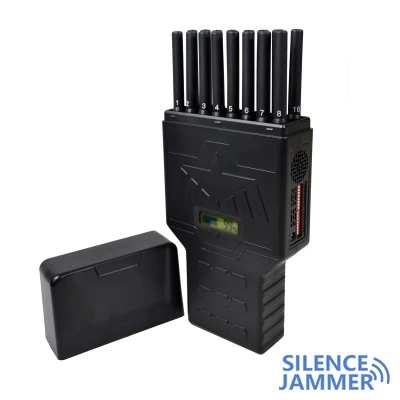Post
Background and system deployment In March 2020, the U.S. Space Force announced the official deployment of its first "offensive weapon system" - a satellite jammer called the "Counter Communications System (CCS)". cell phone jammer The system is not a weapon in the traditional sense, but a device that weakens the enemy's combat effectiveness by blocking the enemy's satellite communication signals.GPS jammer The way this weapon works means that it can greatly weaken its military communications and coordinated combat capabilities by cutting off its connection with the homeland without directly destroying the enemy's assets.Wifi jammer This is of great significance to modern military forces that rely on satellites for command transmission.signal jammer
The 4th Space Control Squadron of the Space Force at Peterson Air Force Base in Colorado received the CCS system this time.drone jammer According to the Pentagon's description, CCS is an "expeditionary, deployable and reversible offensive space control (OCS) system" with flexible offensive uses. Its working principle is to weaken the enemy's capabilities in command and control, intelligence warning, and information dissemination by interfering with enemy satellite communication signals in a specific area. GSM jammer As a result, enemy forces will find it difficult to obtain support information or command instructions from the mainland in a timely manner, thus affecting their combat efficiency.
Upgrades and technological progress of the CCS system The CCS system was originally launched in 2004 and has been upgraded several times to the latest Block 10.2 version. Compared with earlier versions, Block 10.2 has stronger signal jamming capabilities and can cover a wider range of radio frequencies, including commonly used C, Ku, X and Ka bands. It has a wide range of uses and is suitable for responding to various emergencies and combat environments.
Currently, the CCS system is not only operated by the 4th Space Control Squadron, but also assigned to Air National Guard units including California, Colorado, Florida and Hawaii. Its deployment form is flexible and can be quickly transported to the war zone by military transport aircraft, enabling it to have a very high response speed when responding to sudden military needs.

Tactical and strategic value In modern warfare, military satellites undertake vital communication and information transmission tasks. Most armies rely on satellites to transmit combat orders and perform real-time monitoring. Although destroying enemy satellites can block their communication chains, since many military communication satellites are located in geostationary orbits - about 36,000 kilometers from the earth - it is time-consuming and difficult to directly shoot down these satellites. Compared with the development of complex anti-satellite weapons, the CCS system uses radio interference to block communications, which is both easy to operate and avoids the risk of directly destroying satellite facilities.

For this reason, the emergence of CCS has significant strategic significance for the battlefield situation. It can quietly weaken the enemy's communication and command systems without being noticed, thereby weakening the enemy's combat effectiveness without triggering direct confrontation.

Global Arms Race and Competition Although the CCS system provides a great technological advantage for the US military, the United States is not the only country with satellite communication jamming capabilities. Russia and China are also advancing their own satellite jamming system research and development. Russia's Tirada-2S system is its important mobile satellite communication suppression system. Although the specific details of the system are little known, its mechanism of action may be similar to CCS. In addition, the U.S. Defense Intelligence Agency report pointed out that China is also actively developing satellite jammer systems in order to form a greater check and balance on U.S. military deployments in the Western Pacific region in the future.

komentarze









